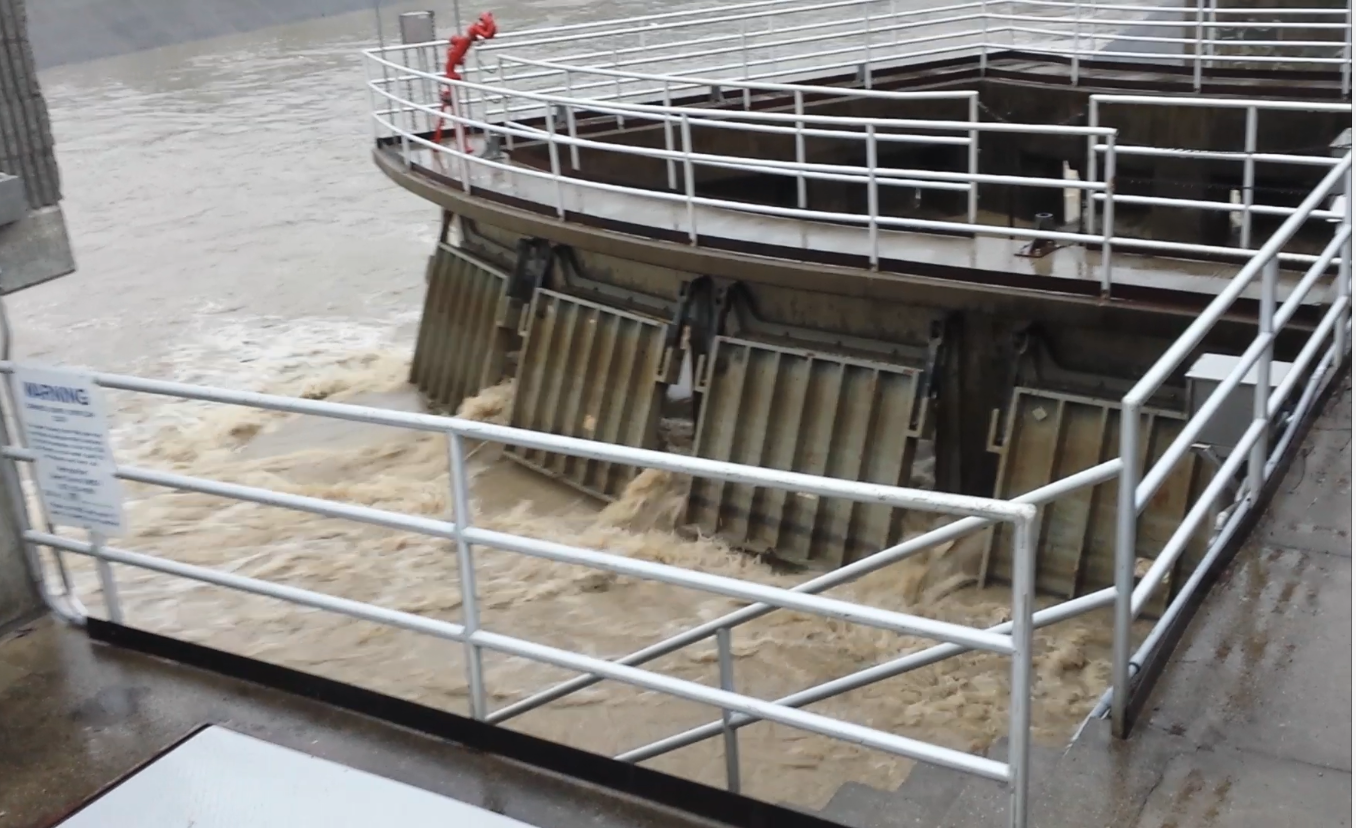CSOs, SSOs, and Public Sewer Backups
The Cincinnati area, like nearly 800 other communities across the U.S., is home to an aging combined sewer system that overflows during heavy rains. Most of these communities, primarily located in the Northeast, Pacific Northwest, and the Midwest, are under federal Consent Decrees (mandates) to reduce or eliminate the overflows.
WHAT ARE CSOs?
CSOs, or combined sewer overflows, are the overflow of sewage, mixed with stormwater, from an Ohio EPA-permitted outfall into a local creek or river. MSD has more than 200 CSO outfalls along the Mill Creek, Muddy Creek, Little Miami River, and the Ohio River and a number of their tributaries. CSOs are hazardous to public health and the environment and are regulated under the federal Clean Water Act.
About 40% of MSD's sewer system is on combined sewers, primarily the City of Cincinnati and older suburbs.
As MSD continues its efforts to reduce sewer overflows, water quality is improving in local streams and rivers. Follow the progress on our Water Quality page
WHAT ARE SSOs?
SSOs, or sanitary sewer overflows, occur when rainwater enters sanitary only sewers through manholes, defects in the sewer pipes, or illicit connections (e.g., downspouts connected directly into sanitary sewers).
If the sanitary sewer line is filled beyond capacity, it will overflow into the environment (but not necessarily a stream or river), typically through manhole lids or SSO outfalls.
Although SSOs are far less frequent than CSOs, they are considered a greater danger to public health due to the higher concentration of raw sewage. SSOs are not permitted under the Clean Water Act, and MSD is working to eliminate SSOs from across its service area.
WHAT ARE PUBLIC SEWER BACKUPS?
If a combined sewer gets filled with too much water during a rain storm, flow can stop moving forward toward a treatment plant and get pushed backwards in the public sewer system. When the flow backs up through private building sewers into buildings, it's known as a public sewer backup.
MSD provides a Sewer Backup (SBU) Program for customers impacted by a sewer backup related to a lack of capacity or other issues in the public sewer. Sewer backups also occur when private building sewers fail or are clogged, but these types of backups are the responsibility of the property owner.
1 Source: Combined Sewer Systems: Down, Dirty, and Out of Date.

WHY DO THEY OCCUR?
Much of the Cincinnati area has combined sewers that carry both sewage and rain water (known as stormwater) in the same pipe.
-
When combined sewers were first introduced in the U.S. in the mid-1800s, they were "hailed as a vast improvement"1 over the prior system of open gutters in city streets.
-
Because combined sewers must handle surges of stormwater during rain storms or snow melts, they were designed with a "fail-safe" to prevent flows from backing up into homes or flooding streets.
-
When combined sewers fill up with too much water, this fail-safe allows excess flow to escape through a relief outfall into a nearby stream or river.
-
For many years, combined sewers worked well and sewer overflows were rare, primarily because there was lots of undeveloped land to soak up the rain.
-
But over time, much of the land was paved over. Now, large amounts of stormwater enter combined sewers, causing frequent overflows and sewer backups.
-
By the mid-20th century, combined sewers were discontinued (and later outlawed) in favor of separate sanitary sewer and stormwater pipes.